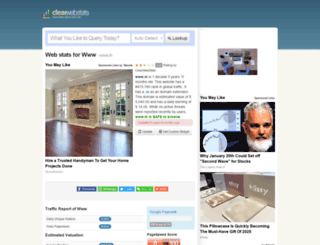Competitive analysis is an important strategy especially in any marketing strategy to observe, analyze and anticipate changes in its target niche. This analysis saves time and takes into account the strategic choices of other companies, understanding the advantages and disadvantages of their choices, their methods of working in production, finance, human resources, marketing, etc. However, competitive analysis is not used to copy what your competitors are doing. For that the email needs to be analyzed also.
It will be easier to make competitive intelligence when you have all this information. In this article, you’ll discover tips for better competitive analysis. Warning ! Before analyzing a competing site, think about what you will do with this information. Without a plan for implementing quality content or adapting your design, the information collected will not be useful to your business.
Analyze your main goals
Before you begin your analysis, you must understand your goals. It is important not only to determine the main goals, but also to understand their meanings:
In which areas do you have to look for competitors.
What positive points of the competitors’ strategy can you adopt?

What strategies do competitors not use? This question is particularly relevant if the analyzed site is the best in its field.
Successful strategies are those that allow you to grow. For example, the strategy of spamming and highlighting keywords in texts may be interesting at first, but it contradicts the requirements of search engines and does not work in the long run.
Do a Competitive Analysis
The second step is to identify direct competitors. Study the question of requests (high frequency and medium frequency) and choose resources that suit you on the same subject and the same structure.
Pay attention to common keywords and visibility. Both competitive websites must have several common keywords. It is likely that the good visibility of the website shows you that your competitor uses a reasonable strategy.
Check the regions of your competing sites. Filter aggregators and sites with existing topics. Then, compare the age of the domains analyzed. For that, use Whois. It is a search service that presents useful information about an IP address or a domain name.
Use the right tools
It allows you to know the positioning of sites in a detailed way via graphs, to follow the rankings of the competitors, to group keywords via hashtags, to use the automatic tracking of the SERPs.
In detail, it allows you to:
Establish a visual report of the data results of your competitors. Understand through missing keywords that your competitors are at the top-10, using the “Missing Keywords” tab. Find your strongest and most relevant competitors. Compare competitive areas using Batch Analysis (with “Visibility”, “Traffic”, “Keywords”, “New keywords up”, etc.). Analyze the pages that generate the most traffic from your competitors. Audit the site in automatic mode. For the site analysis, this is the most important matter that you will need to discover now. This is what you need to be sure about in every step now.
